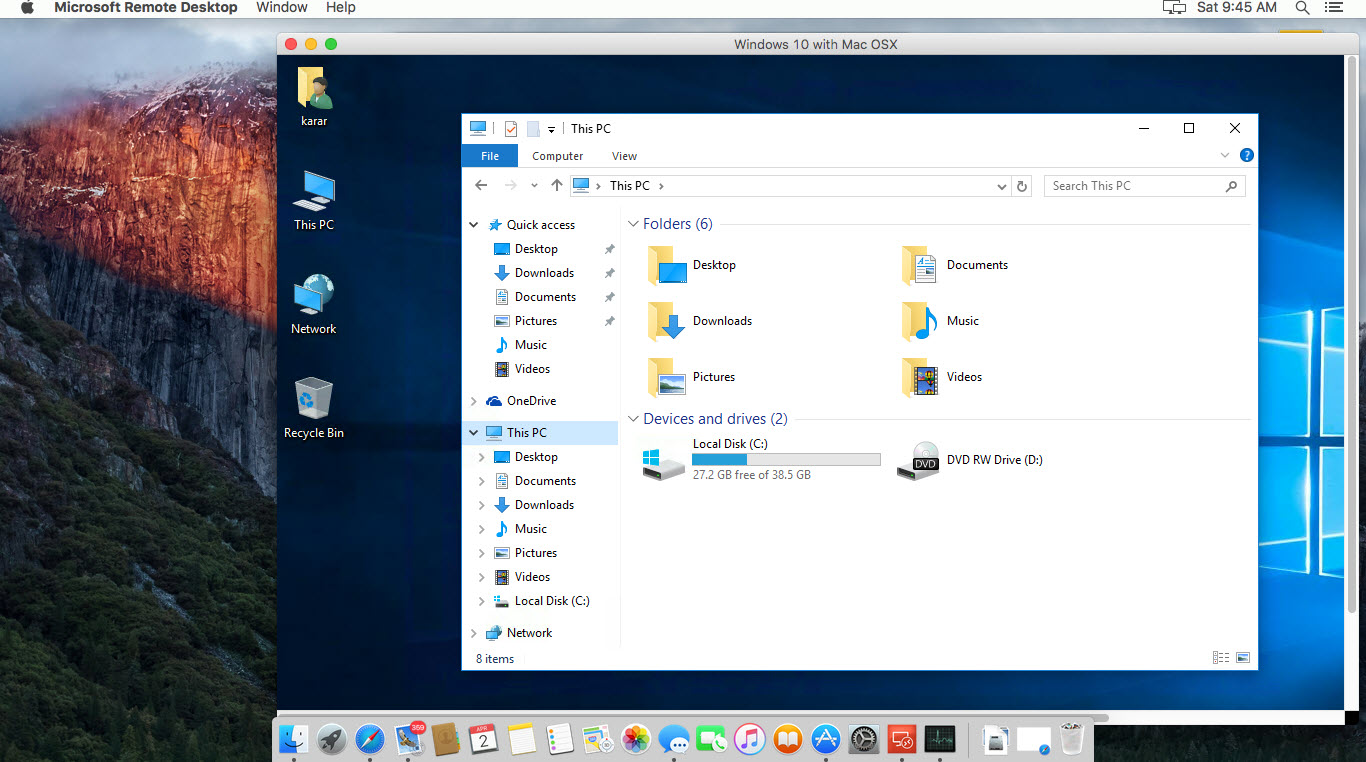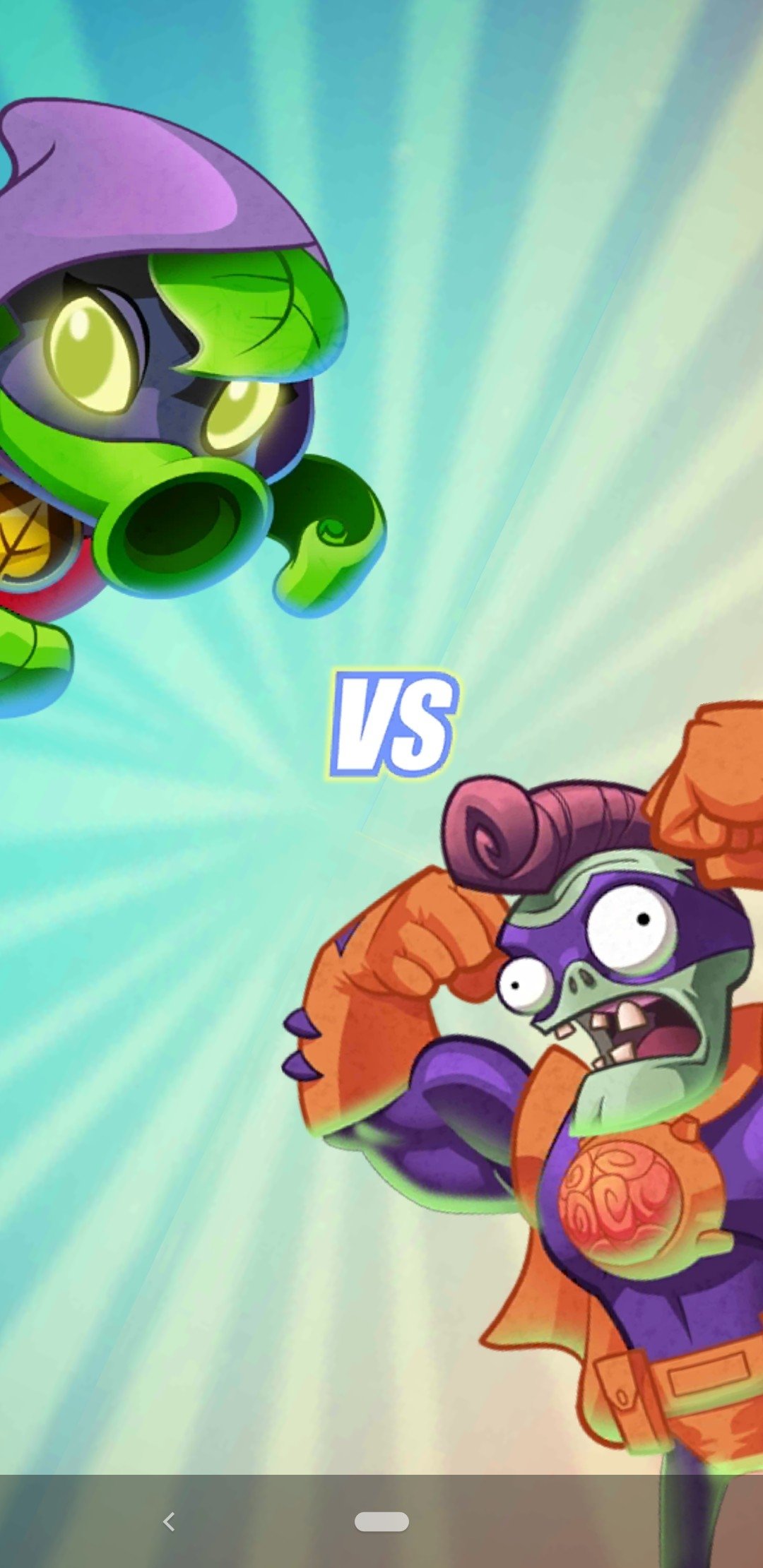


It’s time to get our hands dirty and see how Docker build works in a real-life app. You can see a Docker container as an instance of a Docker image. You can run many Docker containers from the same Docker image. When you create a Docker container, you’re adding a writable layer on top of the Docker image. In fact, the major difference between Docker containers and images is that containers have a writable layer. Docker images and Containersĭocker containers are instances of Docker images, whether running or stopped. Most likely, you’ll come across two terms-”containers” and “images”-that can be confusing.

Now that you have Docker set up on your machine, you’re one step closer to building images with Docker. If you’re on a Linux machine, this guide will help you get Docker up and running. I won’t go into details on how to install Docker on your machine in this post. In fact, there’s Docker for Mac and Docker for Windows. That doesn’t mean you can’t use Docker on Mac or Windows.


 0 kommentar(er)
0 kommentar(er)
